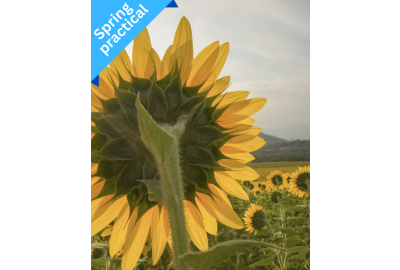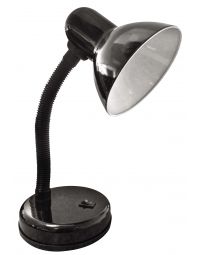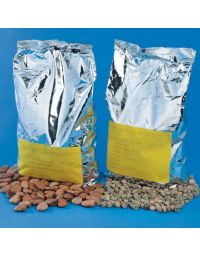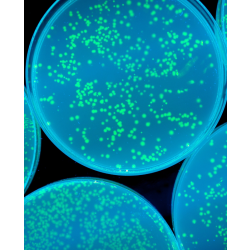

Geotropism and Phototropism
Tropism (in plants) is used to describe a growth movement in roots and shoots:
Geotropism (also known as gravitropism) relates to growth in relation to gravity (positive geotropism is with gravity i.e., towards the ground, negative geotropism is away from gravity i.e., upwards).


Phototropism relates to growth in relation to light (positive phototropism, towards light, negative tropism, away from light). Generally we accept that plants will grow towards the sun.
Many children plant sunflowers and watch as the flowers track the sun's movements,” always keeping their face to the sun”.
We can easily look at the effects of blocking or moving the light source on a plant's growth:


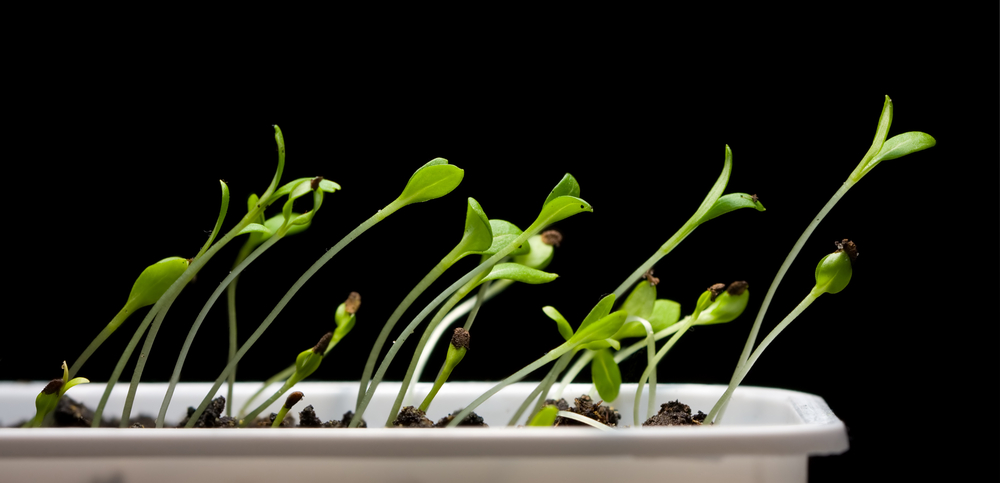

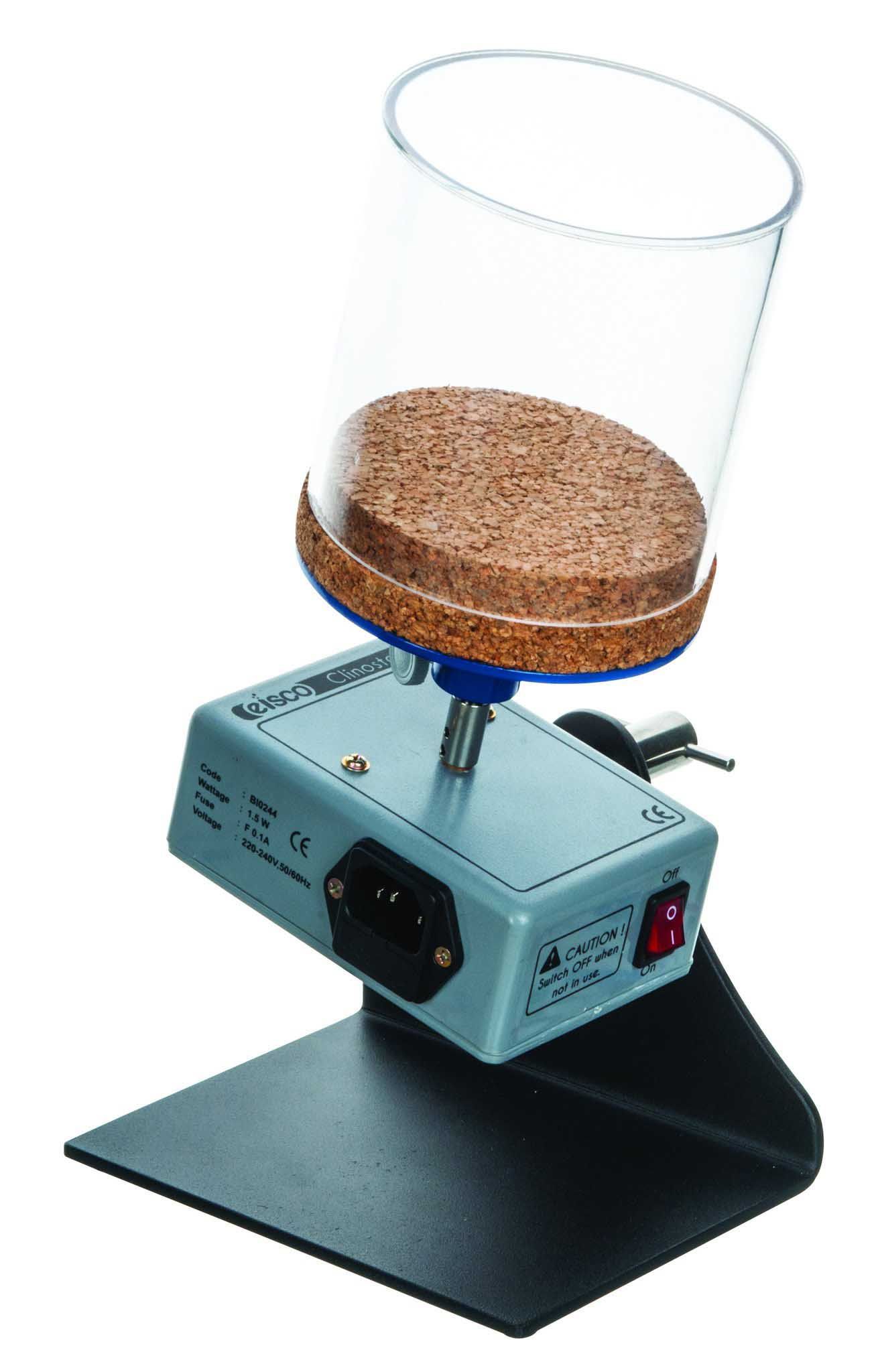

It is harder for students to understand geotropism in plants.
One thing we can do is remove the effects of gravity from the growing process.
This is done by using a clinostat:
A clinostat uses rotation to negate the effects of gravity on roots and shoots.
The plant is placed in a clear container (this can be in the pot or seeds on a petri dish, for example) and is secured in.
The angle of rotation can be altered by the metal arm on the side of the base.
The clinostat is plugged in and turns at 4 revolutions per hour.
When investigating geotropism, the clinostat can be held horizontally, and the direction of growth can be observed.
Shoot growth
- Hold the clinostat horizontally and have the light source directly opposite, the plant will grow horizontally towards the light.
- Replace the light with one placed above the clinostat (keeping the clinostat horizontal), the plant will grow upwards: towards the light.
Root growth
- This can be achieved with bean seeds placed between the sides of the clinostat container and a secondary inner container, against wet paper towel.
- Rotating the clinostat horizontally, there is ‘no’ gravity for the shoots to react to, so they should grow straight out (horizontally).
- Stop rotating the clinostat and the roots will respond to gravity and grow downwards.
- These practicals can take some days/weeks to achieve meaningful results. It is a good idea to have more than one clinostat being used so that results of changing light/gravitational conditions can be reliably compared.
- Image showing a horizontally grown plant growing upwards towards the light.
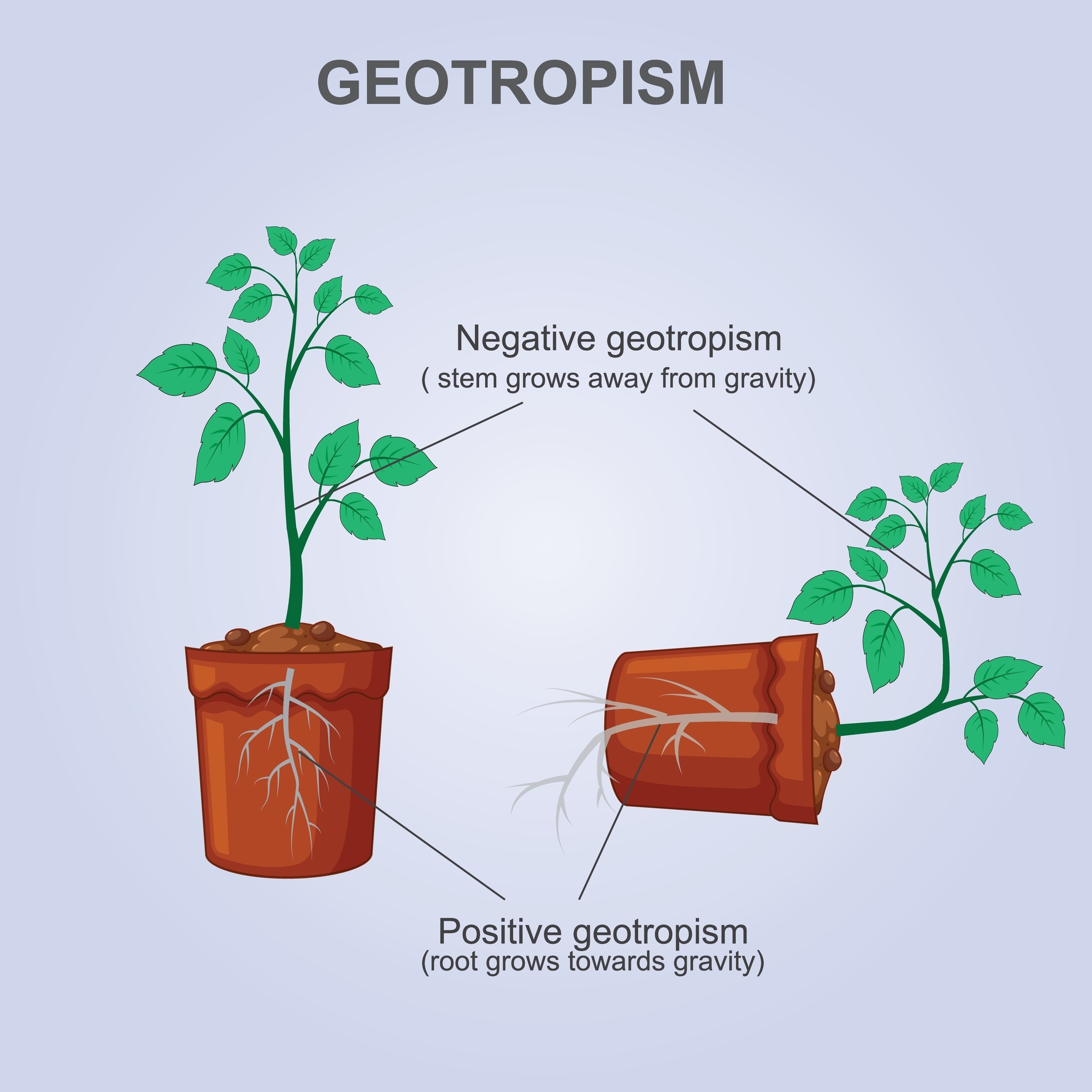

- Image showing shoots growing upwards and roots growing down.




SAPS have a downloadable resource showing how to achieve these results without a clinostat which can be found here

